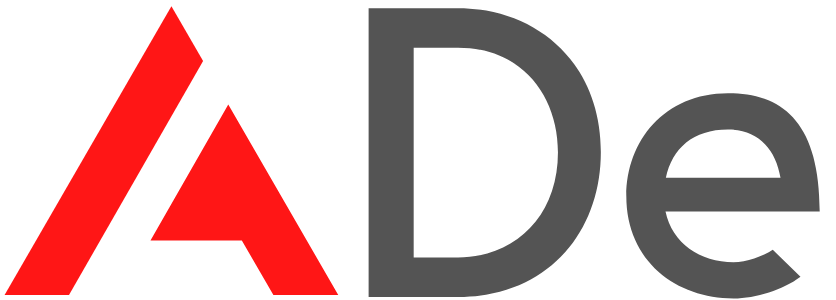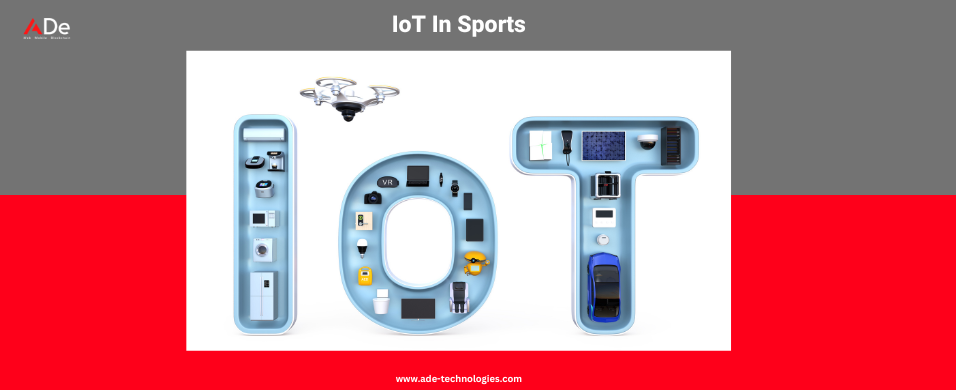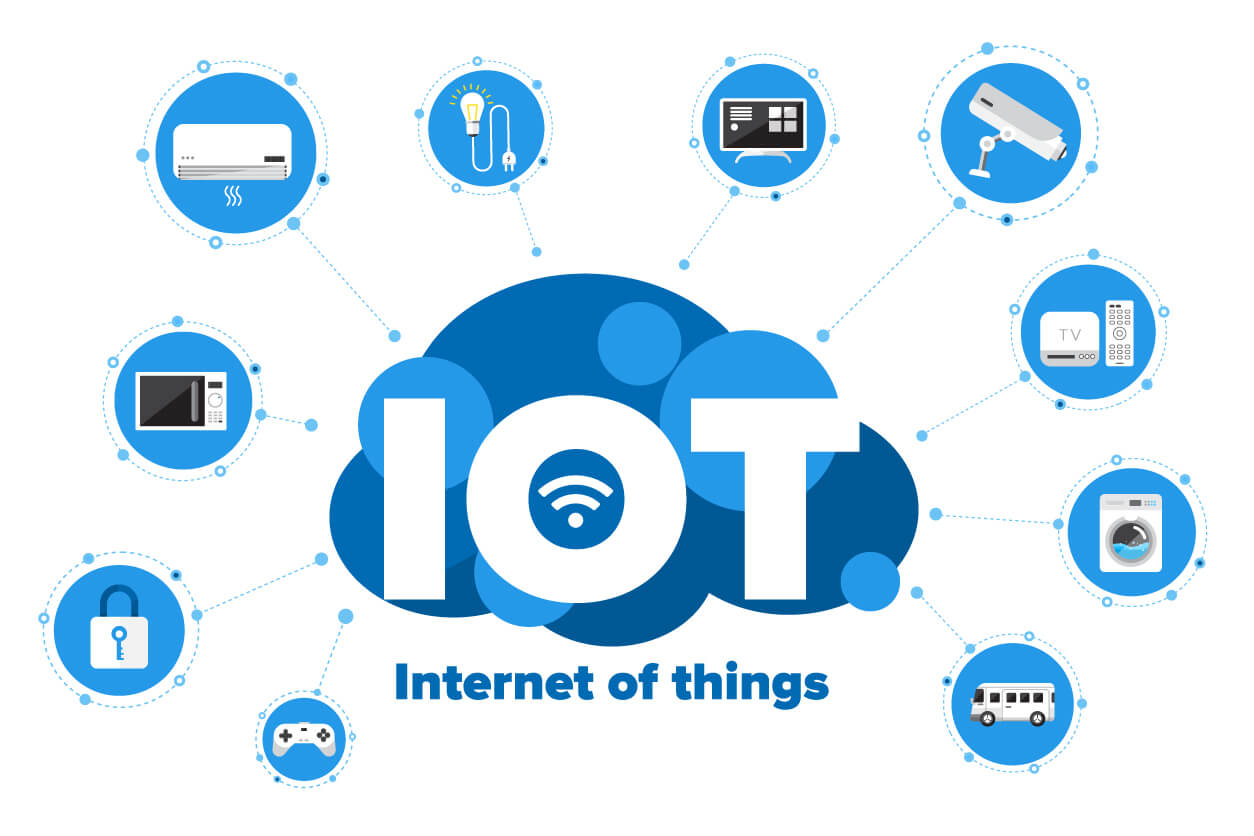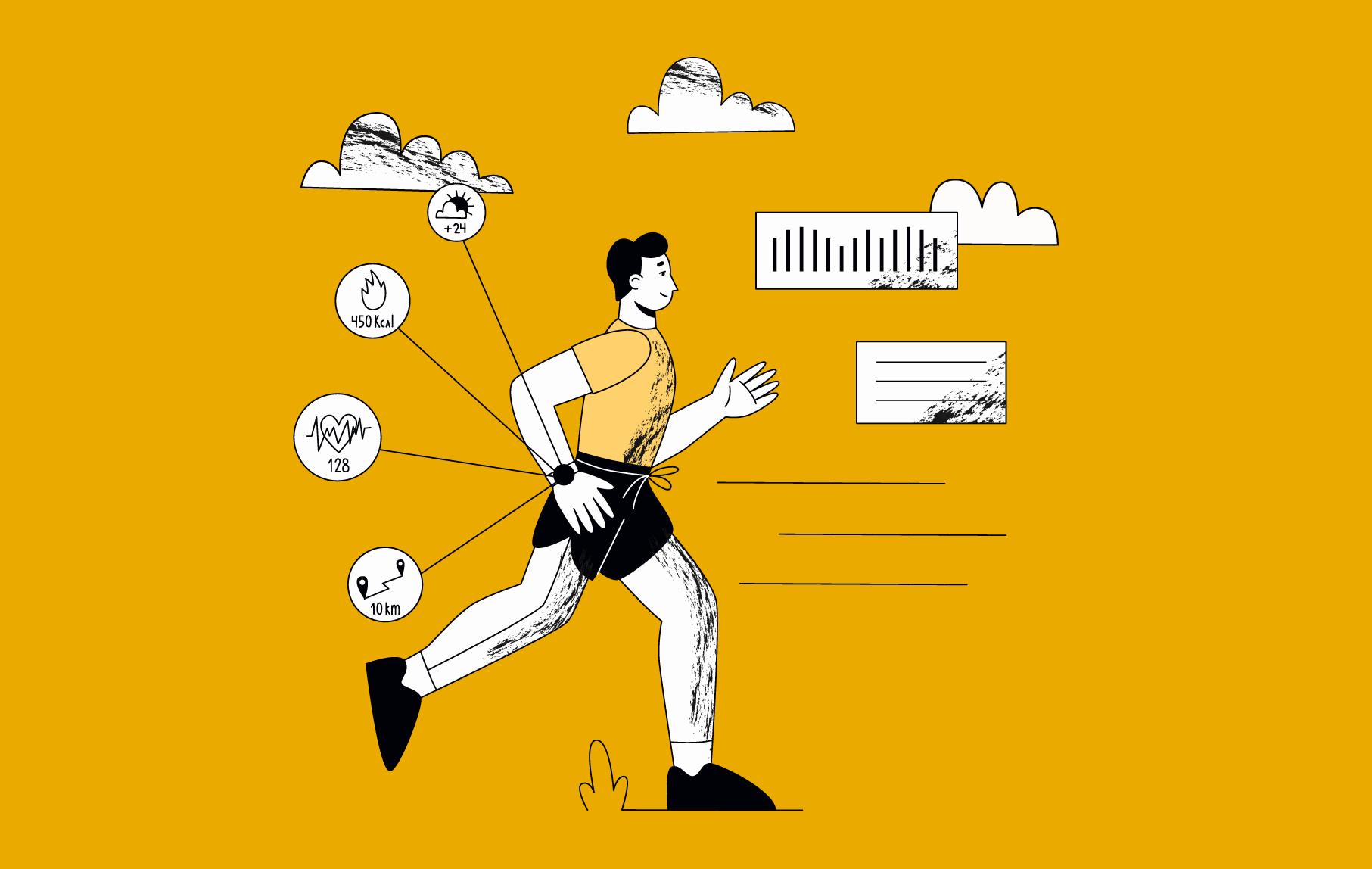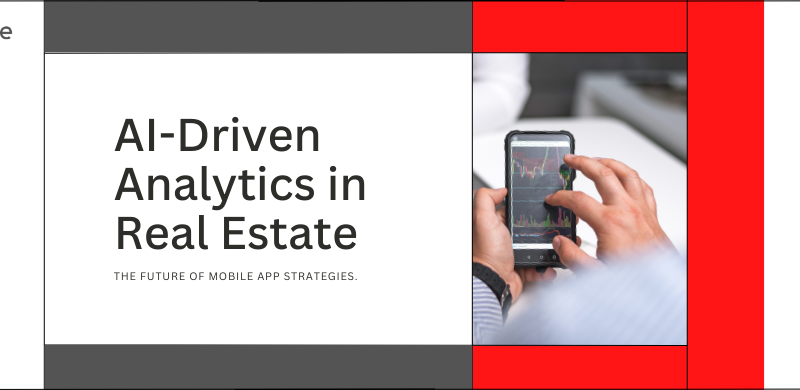The Internet of Things (IoT) is revolutionizing many industries, and sports is no exception. By connecting devices and collecting data, IoT can transform how athletes train, how games are played, and how fans experience sports. Here are ten exciting applications and use cases of IoT in the sports industry.
1. Wearable Fitness Trackers
Wearable fitness trackers are devices that athletes wear to monitor their physical activities. These trackers collect data on heart rate, calories burned, distance traveled, and sleep patterns. Coaches and trainers can analyze this data to create personalized training programs and ensure athletes are in peak condition.
For businesses, investing in wearable technology can improve player performance and reduce injuries, leading to a more competitive team. Companies like Fitbit and Garmin are leading the way in this space, offering various devices tailored to athletes’ needs.
2. Smart Apparel
Smart apparel includes clothing embedded with sensors to monitor physical activity. These sensors can track muscle activity, breathing rate, and body temperature. For instance, smart shirts can provide real-time data on muscle fatigue, helping athletes avoid overexertion.
Businesses that develop or invest in smart apparel can benefit from enhanced player performance and reduced injury rates. This technology also opens up new marketing opportunities for sports apparel companies, as they can promote their innovative, high-tech products.
3. Injury Prevention and Management
IoT devices can play a crucial role in preventing and managing injuries. Wearable sensors can detect signs of stress or strain on muscles and joints, alerting athletes and coaches before an injury occurs. Smart bandages and patches can monitor healing progress and send data to medical professionals for better treatment.
For sports organizations, this means healthier athletes and fewer interruptions during the season. By reducing the number of injuries, teams can maintain a more consistent performance level, leading to better results and increased fan engagement.
4. Performance Analytics
IoT technology allows for detailed performance analytics. Sensors on equipment like bats, balls, and racquets can collect data on speed, force, and accuracy. This information helps athletes understand their strengths and weaknesses, allowing for targeted improvements.
Sports teams and businesses can use this data to enhance training programs and scout for new talent. For example, a baseball team might use IoT analytics to identify players with exceptional pitching speed or batting accuracy, giving them a competitive edge.
5. Fan Engagement
IoT can significantly enhance the fan experience. Smart stadiums equipped with IoT devices offer personalized services like seat upgrades, food and beverage delivery, and real-time game statistics. Fans can use mobile apps to interact with the game, participate in polls, and access exclusive content.
For businesses, these innovations can lead to increased ticket sales, higher merchandise revenue, and stronger fan loyalty. By making the game more interactive and enjoyable, teams can attract a larger and more engaged audience.
6. Venue Management
IoT technology can optimize venue management by monitoring and controlling various stadium systems. Smart lighting, heating, and cooling systems can adjust automatically based on the number of attendees and weather conditions. Sensors can also monitor crowd movement to improve safety and manage queues.
Effective venue management leads to lower operating costs and a better fan experience. Businesses can save money on energy bills and maintenance while ensuring fans have a safe and comfortable environment to enjoy the game.
7. Virtual and Augmented Reality
IoT-powered virtual reality (VR) and augmented reality (AR) can create immersive training environments for athletes. VR can simulate game situations, allowing players to practice without physical exertion. AR can provide real-time data overlays, helping athletes make better decisions during training and games.
For sports teams and training facilities, investing in VR and AR technology can lead to more effective practice sessions and improved performance. It also offers new opportunities for fan engagement, as fans can experience games in new and exciting ways through VR headsets.
8. Smart Equipment
Smart equipment, like IoT-connected balls and racquets, can collect and transmit data on usage and performance. For example, smart basketballs can track shooting accuracy and provide feedback to players and coaches.
Sports equipment manufacturers can use this data to improve their products and offer better performance insights to athletes. This can lead to higher sales and a stronger reputation for innovation in the industry.
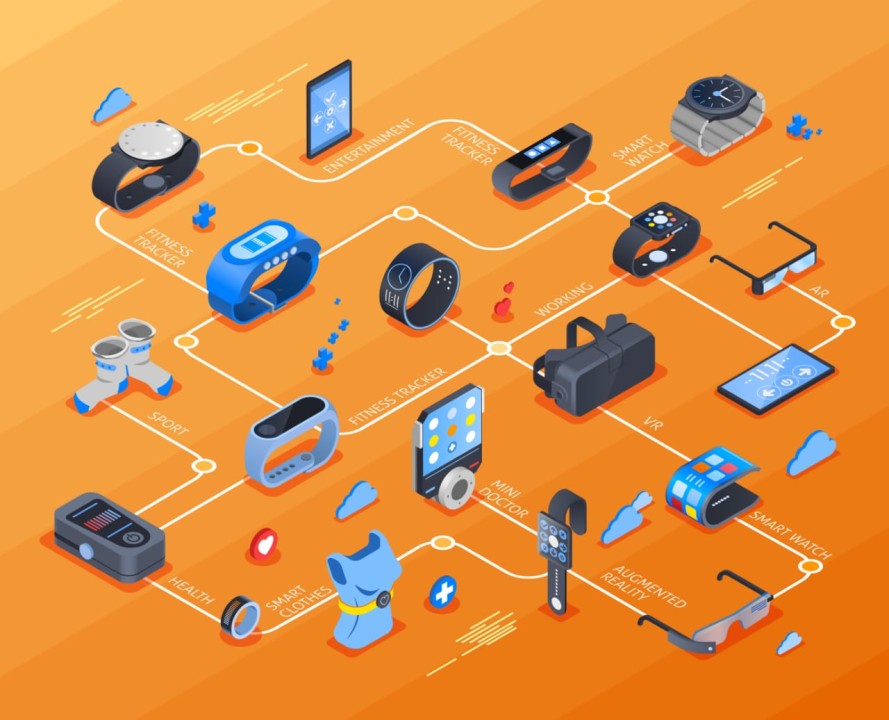
9. Remote Coaching
IoT devices enable remote coaching by transmitting real-time data to coaches who may not be physically present. Athletes can receive instant feedback on their performance and adjust their training accordingly.
Remote coaching can be especially beneficial for athletes in isolated locations or those who need specialized training. Sports organizations can expand their reach and offer high-quality coaching services to a broader audience, enhancing their brand and revenue potential.
10. Esports Integration
IoT technology is also making waves in the world of esports. Connected devices can track player movements, reactions, and game strategies, providing valuable data for performance analysis. IoT can also enhance the spectator experience by offering real-time stats and interactive features.
For businesses involved in esports, this technology can lead to better player performance, more engaging broadcasts, and new revenue streams through data-driven insights and interactive fan experiences.
Conclusion
The integration of IoT in sports is transforming the industry in numerous ways. From improving athlete performance and preventing injuries to enhancing fan engagement and optimizing venue management, IoT offers a wealth of opportunities for businesses. By embracing these technologies, sports organizations can stay ahead of the competition, deliver better experiences for fans and athletes alike, and unlock new revenue streams. The future of sports is connected, data-driven, and more exciting than ever.
